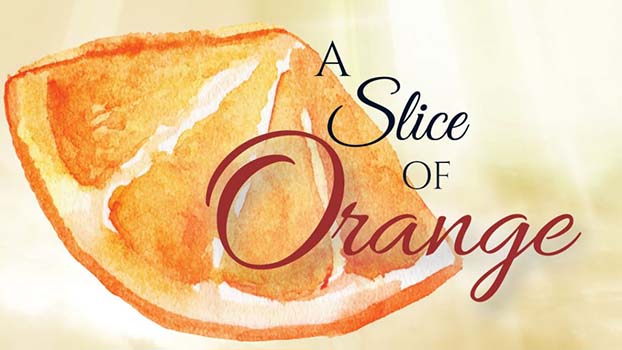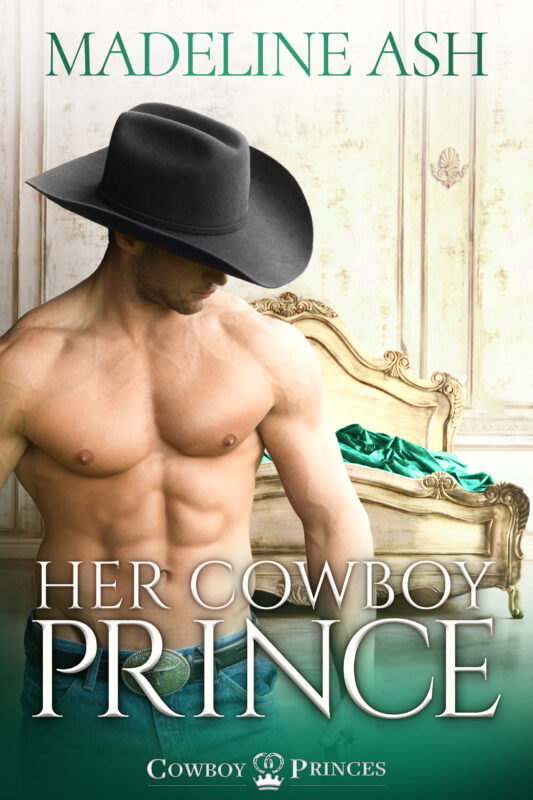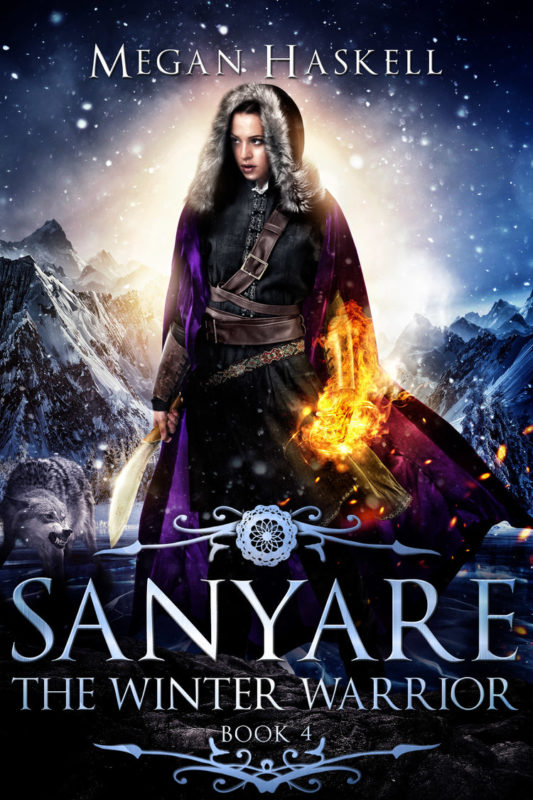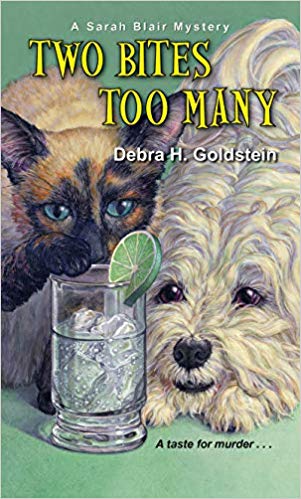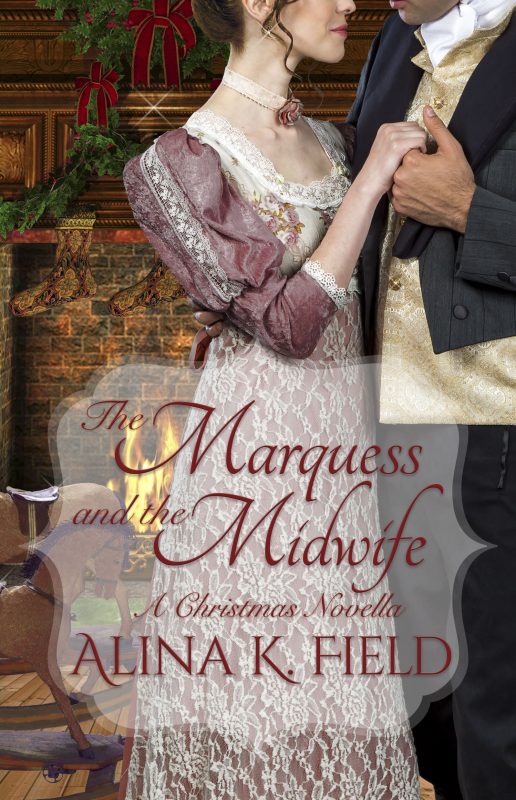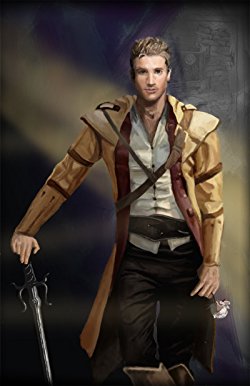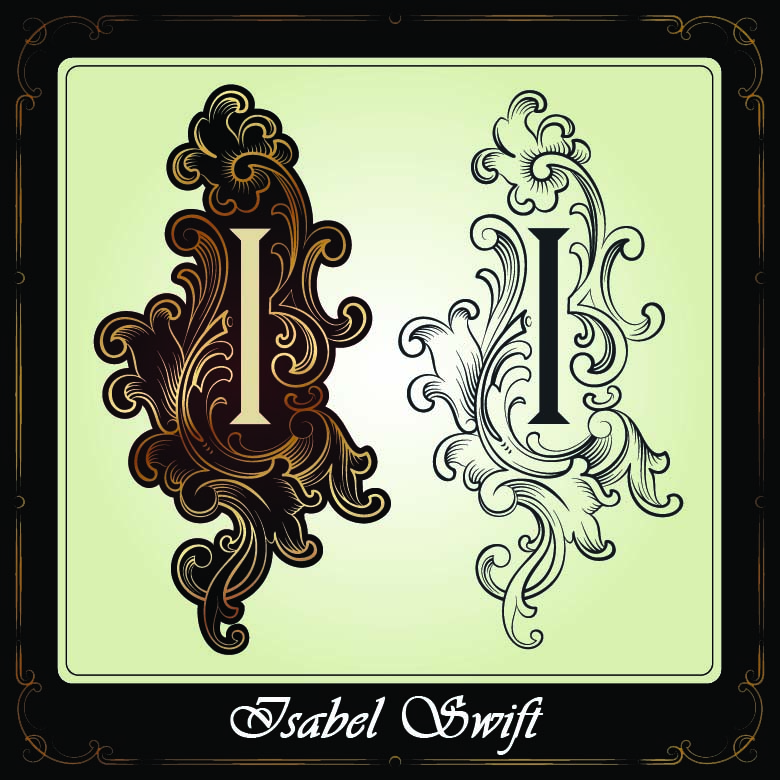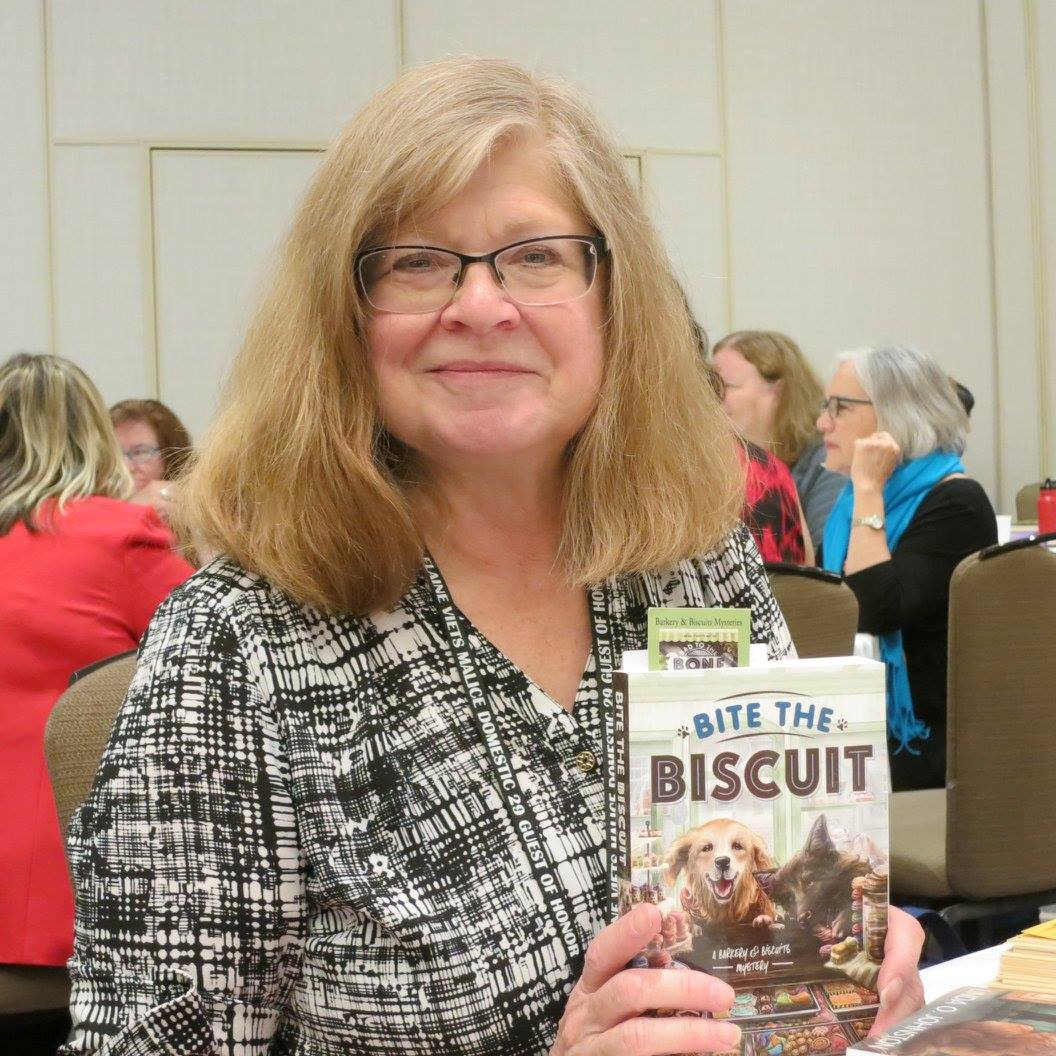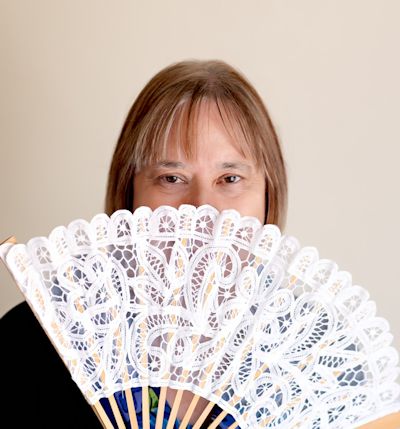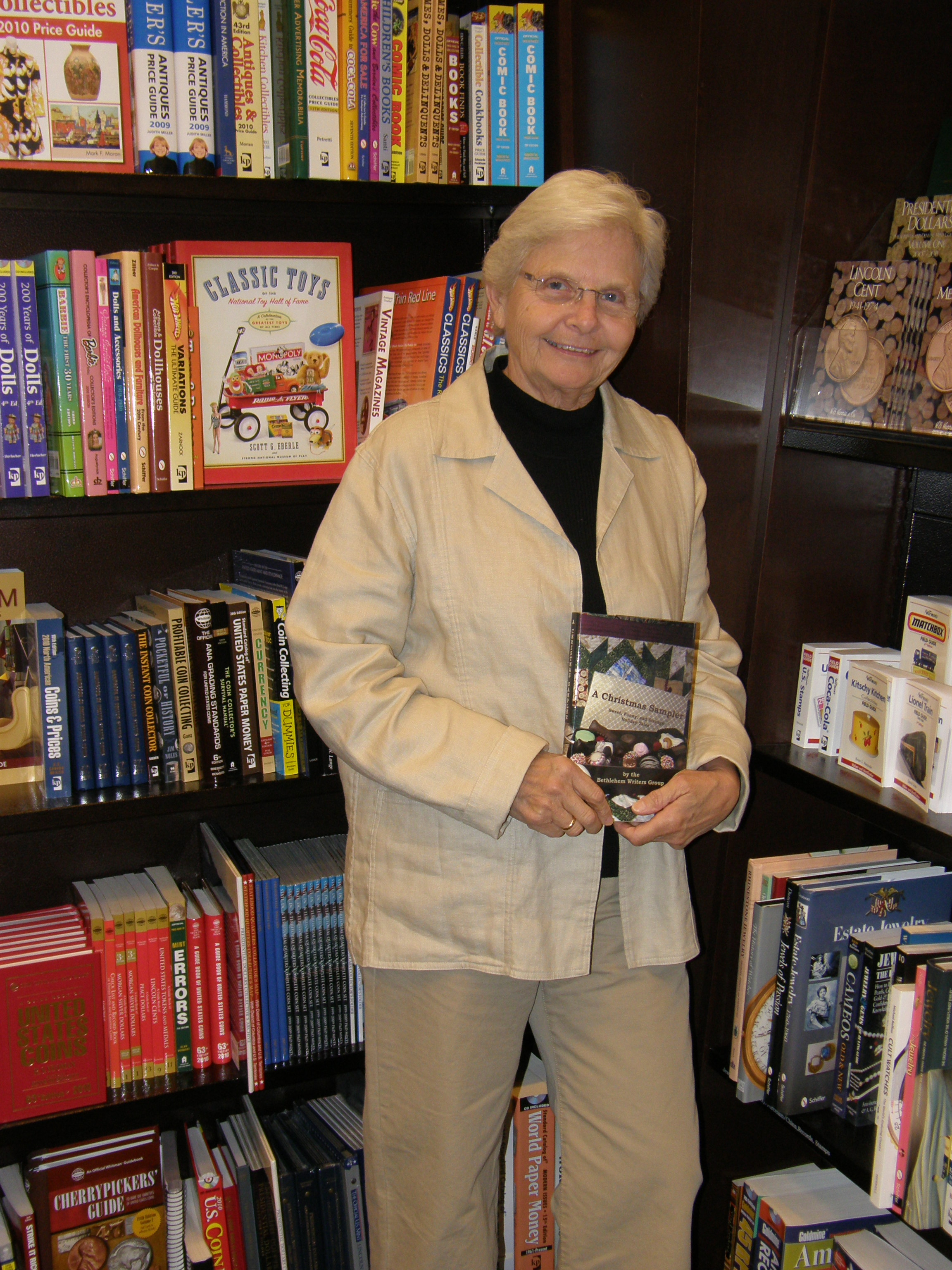Janet Elizabeth Lynn and Will Zeilinger Featured Authors
January 28, 2021 by A Slice of Orange in category Apples & Oranges by Marianne H. Donley, Featured Author of the Month, Partners in Crime by Janet Elizabeth Lynn & Will Zeilinger tagged as 1950s Crime novels, Author Interviews, Chatting with Authors, Janet Elizabeth Lynn, The Skylar Drake Murder Mystery Series, Will Zeilinger
January Featured Authors
Janet Elizabeth Lynn was born in Queens and raised in Long Island, New York. She is the author of murder mysteries, cozy mysteries and with her husband Will Zeilinger, 1950s hard-boiled detective mysteries.
Will Zeilinger has lived and traveled the world and has been writing for over ten years. His novels range from mystery to romantic comedy and those 1950s hard-boiled detective mysteries with his wife Janet.
Partners in Crime

Together Janet and Will write the Skylar Drake Mystery Series. These hard-boiled tales are based in old Hollywood of 1955. They have a free E-book How it Began: The Skylar Drake Mysteries available from Smashwords.
Their world travels have sparked several ideas for murder and crime stories. In 2021, they will team up will a penname E.J. Williams for a new mystery series. The first novel in the International Crime Files, Stone Pub will be published in May.
Chatting With Authors

In addition to writing novels, Janet and Will have a YouTube Channel, Chatting with Authors featuring informal Zoom interviews with authors of various genres. Below is a sample of one of their chats, but we encourage readers to check out all their videos.
This creative couple lives in Southern California . . . and yes, they are still married, and they even blog together at The Married Authors.
Janet and Will’s Interview with Author Marianne H. Donley
Interview with author, Marianne H. Donley, who writes fiction from short stories to comedy, to romances, and quirky murder mysteries. She makes her home in Tennessee with her husband and son.
Janet Elizabeth Lynn and Will Zeilinger Featured Authors
January 21, 2021 by A Slice of Orange in category Apples & Oranges by Marianne H. Donley, Featured Author of the Month, Partners in Crime by Janet Elizabeth Lynn & Will Zeilinger tagged as 1950s Crime novels, Author Interviews, Chatting with Authors, Janet Elizabeth Lynn, The Skylar Drake Murder Mystery Series, Will Zeilinger
January Featured Authors
Janet Elizabeth Lynn was born in Queens and raised in Long Island, New York. She is the author of murder mysteries, cozy mysteries and with her husband Will Zeilinger, 1950s hard-boiled detective mysteries.
Will Zeilinger has lived and traveled the world and has been writing for over ten years. His novels range from mystery to romantic comedy and those 1950s hard-boiled detective mysteries with his wife Janet.
Partners in Crime

Together Janet and Will write the Skylar Drake Mystery Series. These hard-boiled tales are based in old Hollywood of 1955. They have a free E-book How it Began: The Skylar Drake Mysteries available from Smashwords.
Their world travels have sparked several ideas for murder and crime stories. In 2021, they will team up will a penname E.J. Williams for a new mystery series. The first novel in the International Crime Files, Stone Pub will be published in May.
Chatting With Authors

In addition to writing novels, Janet and Will have a YouTube Channel, Chatting with Authors featuring informal Zoom interviews with authors of various genres. Below is a sample of one of their chats, but we encourage readers to check out all their videos.
This creative couple lives in Southern California . . . and yes, they are still married, and they even blog together at The Married Authors.
Janet and Will’s Interview with Author Terry Sherpard
Terry Shepherd writes detective stories for elementary audiences and authored The Mystery Bug Collection, teaching youngsters how to protect themselves in the Covid19 era. He’s a thriller writer by trade. The second book in his Jessica Ramirez series is due out in early 2021.
Janet Elizabeth Lynn and Will Zeilinger Featured Authors
January 14, 2021 by marianne h donley in category Apples & Oranges by Marianne H. Donley, Featured Author of the Month, Partners in Crime by Janet Elizabeth Lynn & Will Zeilinger tagged as 1950s Crime novels, Author Interviews, Chatting with Authors, Janet Elizabeth Lynn, The Skylar Drake Murder Mystery Series, Will Zeilinger
January Featured Authors
Janet Elizabeth Lynn was born in Queens and raised in Long Island, New York. She is the author of murder mysteries, cozy mysteries and with her husband Will Zeilinger, 1950s hard-boiled detective mysteries.
Will Zeilinger has lived and traveled the world and has been writing for over ten years. His novels range from mystery to romantic comedy and those 1950s hard-boiled detective mysteries with his wife Janet.
Partners in Crime

Together Janet and Will write the Skylar Drake Mystery Series. These hard-boiled tales are based in old Hollywood of 1955. They have a free E-book How it Began: The Skylar Drake Mysteries available from Smashwords.
Their world travels have sparked several ideas for murder and crime stories. In 2021, they will team up will a penname E.J. Williams for a new mystery series. The first novel in the International Crime Files, Stone Pub will be published in May.
Chatting With Authors

In addition to writing novels, Janet and Will have a YouTube Channel, Chatting with Authors featuring informal Zoom interviews with authors of various genres. Below is a sample of one of their chats, but we encourage readers to check out all their videos.
This creative couple lives in Southern California . . . and yes, they are still married, and they even blog together at The Married Authors.
Janet and Will’s Interview with Author Sue Phillips
Sue Phillips is an award-winning author of women’s fiction, narrative non-fiction, and time travel romances. She’s written for St. Martin’s Press, Berkley/Jove Books, and Harlequin Enterprises. A student of metaphysics for many years, she loves to explore paranormal/psychic issues and out of the box ideas. Sue lives in Las Vegas, Nevada with a menagerie of pets, including a Disney Dalmatian named Pongo.
Janet Elizabeth Lynn and Will Zeilinger Featured Authors
January 7, 2021 by Janet Elizabeth Lynn and Will Zeilinger in category Apples & Oranges by Marianne H. Donley, Featured Author of the Month, Partners in Crime by Janet Elizabeth Lynn & Will Zeilinger tagged as 1950s Crime novels, Author Interviews, Chatting with Authors, Janet Elizabeth Lynn, The Skylar Drake Murder Mystery Series, Will Zeilinger
January Featured Authors
Janet Elizabeth Lynn was born in Queens and raised in Long Island, New York. She is the author of murder mysteries, cozy mysteries and with her husband Will Zeilinger, 1950s hard-boiled detective mysteries.
Will Zeilinger has lived and traveled the world and has been writing for over ten years. His novels range from mystery to romantic comedy and those 1950s hard-boiled detective mysteries with his wife Janet.
Partners in Crime

Together Janet and Will write the Skylar Drake Mystery Series. These hard-boiled tales are based in old Hollywood of 1955. They have a free E-book How it Began: The Skylar Drake Mysteries available from Smashwords.
Their world travels have sparked several ideas for murder and crime stories. In 2021, they will team up will a penname E.J. Williams for a new mystery series. The first novel in the International Crime Files, Stone Pub will be published in May.
Chatting With Authors

In addition to writing novels, Janet and Will have a YouTube Channel, Chatting with Authors featuring informal Zoom interviews with authors of various genres. Below is a sample of one of their chats, but we encourage readers to check out all their videos.
This creative couple lives in Southern California . . . and yes, they are still married, and they even blog together at The Married Authors.
Janet and Will’s Interview with Author Rebecca Forster
Rebecca Forster started writing on a crazy dare and found her passion. Now she is a USA Today and Amazon best-selling author of over 40 books. Rebecca’s thrillers, known for their attention to detail and deep characterization. She has taught at the acclaimed UCLA Writers Program and is a sought-after speaker, including three appearances at the Los Angeles Times Festival of Books. In her spare time, she court watches and travels the world looking for inspiration for her novels. She is married to a Superior Court Judge and is mother to two sons.
Janet Elizabeth Lynn and Will Zeilinger Featured Authors
January 1, 2021 by Janet Elizabeth Lynn and Will Zeilinger in category Apples & Oranges by Marianne H. Donley, Featured Author of the Month, Partners in Crime by Janet Elizabeth Lynn & Will Zeilinger tagged as 1950s Crime novels, Author Interviews, Chatting with Authors, Janet Elizabeth Lynn, The Skylar Drake Murder Mystery Series, Will Zeilinger
January Featured Authors
Janet Elizabeth Lynn was born in Queens and raised in Long Island, New York. She is the author of murder mysteries, cozy mysteries and with her husband Will Zeilinger, 1950s hard-boiled detective mysteries.
Will Zeilinger has lived and traveled the world and has been writing for over ten years. His novels range from mystery to romantic comedy and those 1950s hard-boiled detective mysteries with his wife Janet.
Partners in Crime

Together Janet and Will write the Skylar Drake Mystery Series. These hard-boiled tales are based in old Hollywood of 1955. They have a free E-book How it Began: The Skylar Drake Mysteries available from Smashwords.
Their world travels have sparked several ideas for murder and crime stories. In 2021, they will team up will a penname E.J. Williams for a new mystery series. The first novel in the International Crime Files, Stone Pub will be published in May.
Chatting With Authors

In addition to writing novels, Janet and Will have a YouTube Channel, Chatting with Authors featuring informal Zoom interviews with authors of various genres. Below is a sample of one of their chats, but we encourage readers to check out all their videos.
This creative couple lives in Southern California . . . and yes, they are still married, and they even blog together at The Married Authors.
Janet and Will’s Interview with Author Lida Sideris
Lida worked as an entertainment attorney for a film studio, much like her heroine, Corrie Locke. Unlike Corrie, Lida has never been blackmailed, never investigated a suspicious death, an alien encounter, a catnapping, a missing corpse, or been involved in a low-speed car chase. Lida was one of two national winners of the Helen McCloy/Mystery Writers of America scholarship award for her first book.
Affiliate Links
A Slice of Orange is an affiliate with some of the booksellers listed on this website, including Barnes & Nobel, Books A Million, iBooks, Kobo, and Smashwords. This means A Slice of Orange may earn a small advertising fee from sales made through the links used on this website. There are reminders of these affiliate links on the pages for individual books.
Search A Slice of Orange
Find a Column
Archives
Featured Books
SANYARE: THE WINTER WARRIOR
Her choice won the war, but may have cost her everything…
More info →TWO BITES TOO MANY
Far from a domestic goddess, Sarah Blair would rather catch bad guys than slave over a hot stove. But when a dangerous murder boils over in Wheaton, Alabama, catching the killer means leaving her comfort zone …
More info →SEAGROVE SECRETS
With Shayla Harrison's dangerous ex leaving rehab and headed her way, she needs to find a safe house and fast.
More info →THE MARQUESS AND THE MIDWIFE
Uncovering a lie drives a new Marquess back from a self-imposed exile to find the only woman he’s ever loved.
More info →Newsletter
Contributing Authors
Search A Slice of Orange
Find a Column
Archives
Authors in the Bookstore
- A. E. Decker
- A. J. Scudiere
- A.J. Sidransky
- Abby Collette
- Alanna Lucus
- Albert Marrin
- Alice Duncan
- Alina K. Field
- Alison Green Myers
- Andi Lawrencovna
- Andrew C Raiford
- Angela Pryce
- Aviva Vaughn
- Barbara Ankrum
- Bethlehem Writers Group, LLC
- Carol L. Wright
- Celeste Barclay
- Christina Alexandra
- Christopher D. Ochs
- Claire Davon
- Claire Naden
- Courtnee Turner Hoyle
- Courtney Annicchiarico
- D. Lieber
- Daniel V. Meier Jr.
- Debra Dixon
- Debra H. Goldstein
- Debra Holland
- Dee Ann Palmer
- Denise M. Colby
- Diane Benefiel
- Diane Sismour
- Dianna Sinovic
- DT Krippene
- E.B. Dawson
- Emilie Dallaire
- Emily Brightwell
- Emily PW Murphy
- Fae Rowen
- Faith L. Justice
- Frances Amati
- Geralyn Corcillo
- Glynnis Campbell
- Greg Jolley
- H. O. Charles
- Jaclyn Roché
- Jacqueline Diamond
- Janet Lynn and Will Zeilinger
- Jeff Baird
- Jenna Barwin
- Jenne Kern
- Jennifer D. Bokal
- Jennifer Lyon
- Jerome W. McFadden
- Jill Piscitello
- Jina Bacarr
- Jo A. Hiestand
- Jodi Bogert
- Jolina Petersheim
- Jonathan Maberry
- Joy Allyson
- Judy Duarte
- Justin Murphy
- Justine Davis
- Kat Martin
- Kidd Wadsworth
- Kitty Bucholtz
- Kristy Tate
- Larry Deibert
- Larry Hamilton
- Laura Drake
- Laurie Stevens
- Leslie Knowles
- Li-Ying Lundquist
- Linda Carroll-Bradd
- Linda Lappin
- Linda McLaughlin
- Linda O. Johnston
- Lisa Preston
- Lolo Paige
- Loran Holt
- Lyssa Kay Adams
- Madeline Ash
- Margarita Engle
- Marguerite Quantaine
- Marianne H. Donley
- Mary Castillo
- Maureen Klovers
- Megan Haskell
- Melanie Waterbury
- Melissa Chambers
- Melodie Winawer
- Meriam Wilhelm
- Mikel J. Wilson
- Mindy Neff
- Monica McCabe
- Nancy Brashear
- Neetu Malik
- Nikki Prince
- Once Upon Anthologies
- Paula Gail Benson
- Penny Reid
- Peter Barbour
- Priscilla Oliveras
- R. H. Kohno
- Rachel Hailey
- Ralph Hieb
- Ramcy Diek
- Ransom Stephens
- Rebecca Forster
- Renae Wrich
- Roxy Matthews
- Ryder Hunte Clancy
- Sally Paradysz
- Simone de Muñoz
- Sophie Barnes
- Susan Squires
- T. D. Fox
- Tara C. Allred
- Tara Lain
- Tari Lynn Jewett
- Terri Osburn
- Tracy Reed
- Vera Jane Cook
- Vicki Crum
- Writing Something Romantic
Affiliate Links
A Slice of Orange is an affiliate with some of the booksellers listed on this website, including Barnes & Nobel, Books A Million, iBooks, Kobo, and Smashwords. This means A Slice of Orange may earn a small advertising fee from sales made through the links used on this website. There are reminders of these affiliate links on the pages for individual books.
